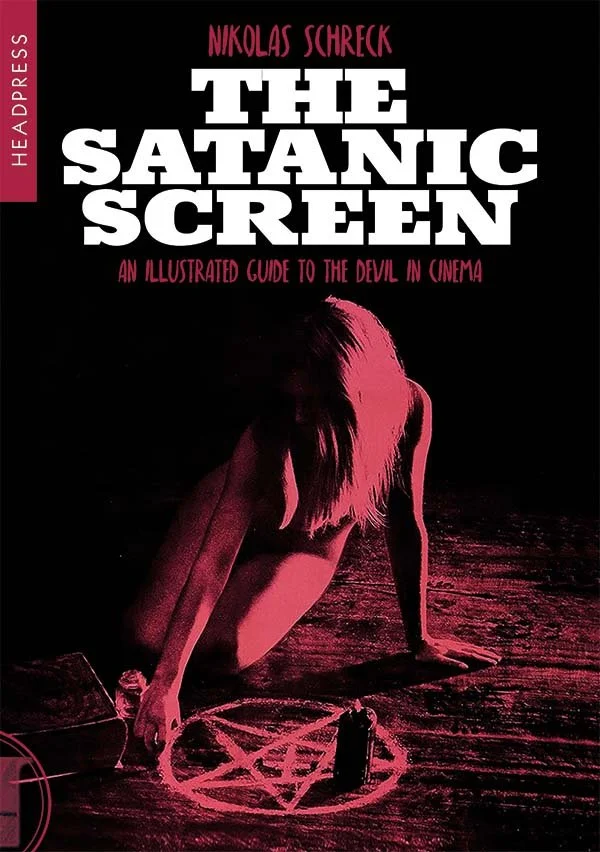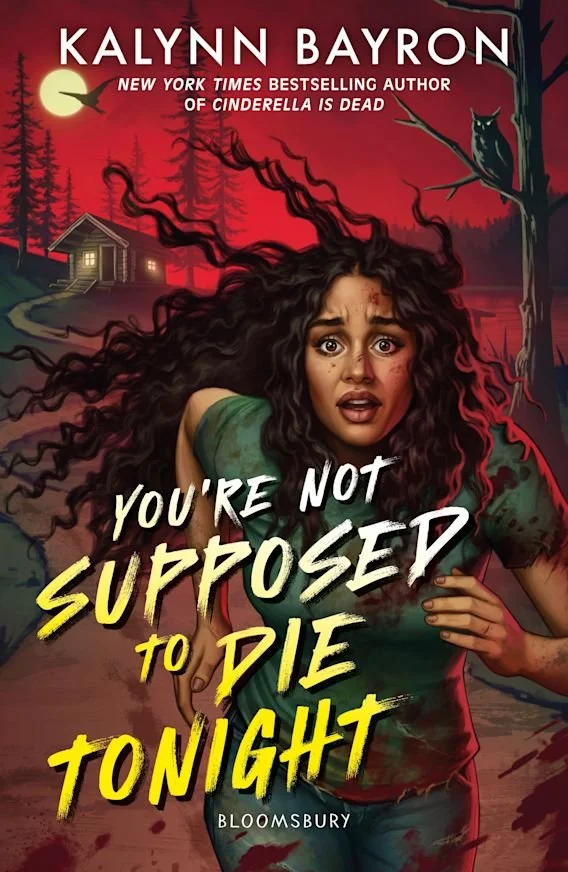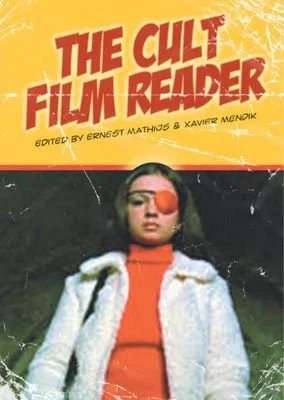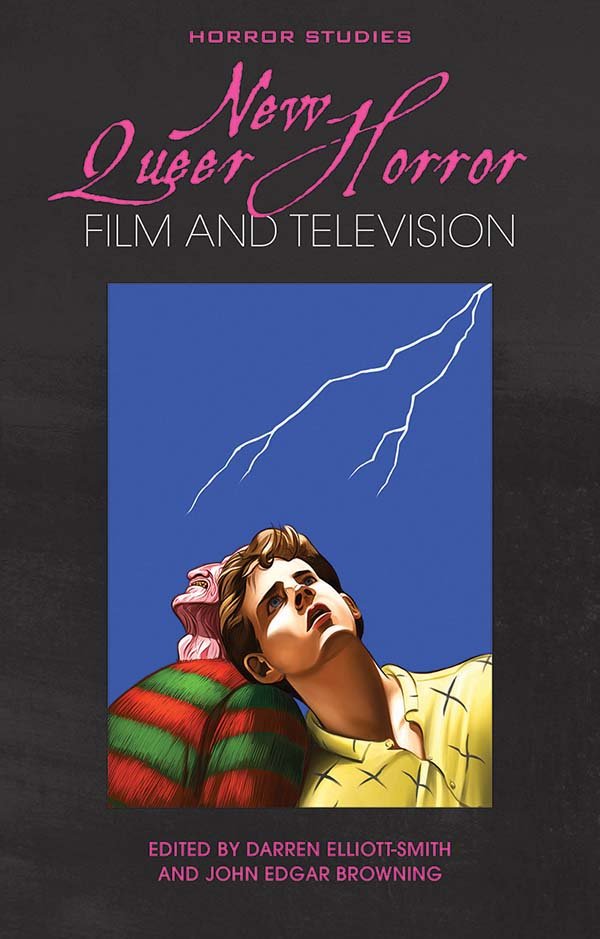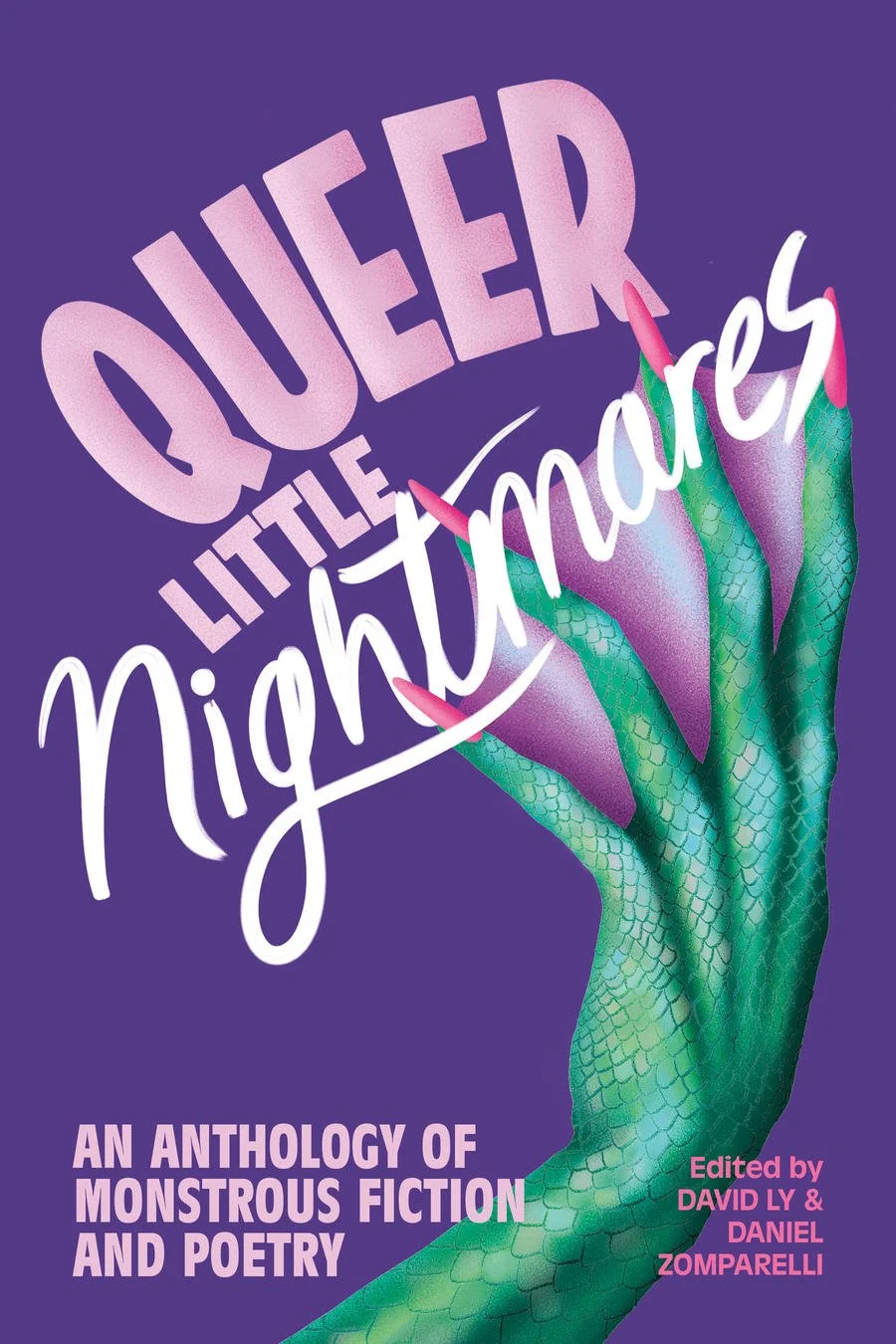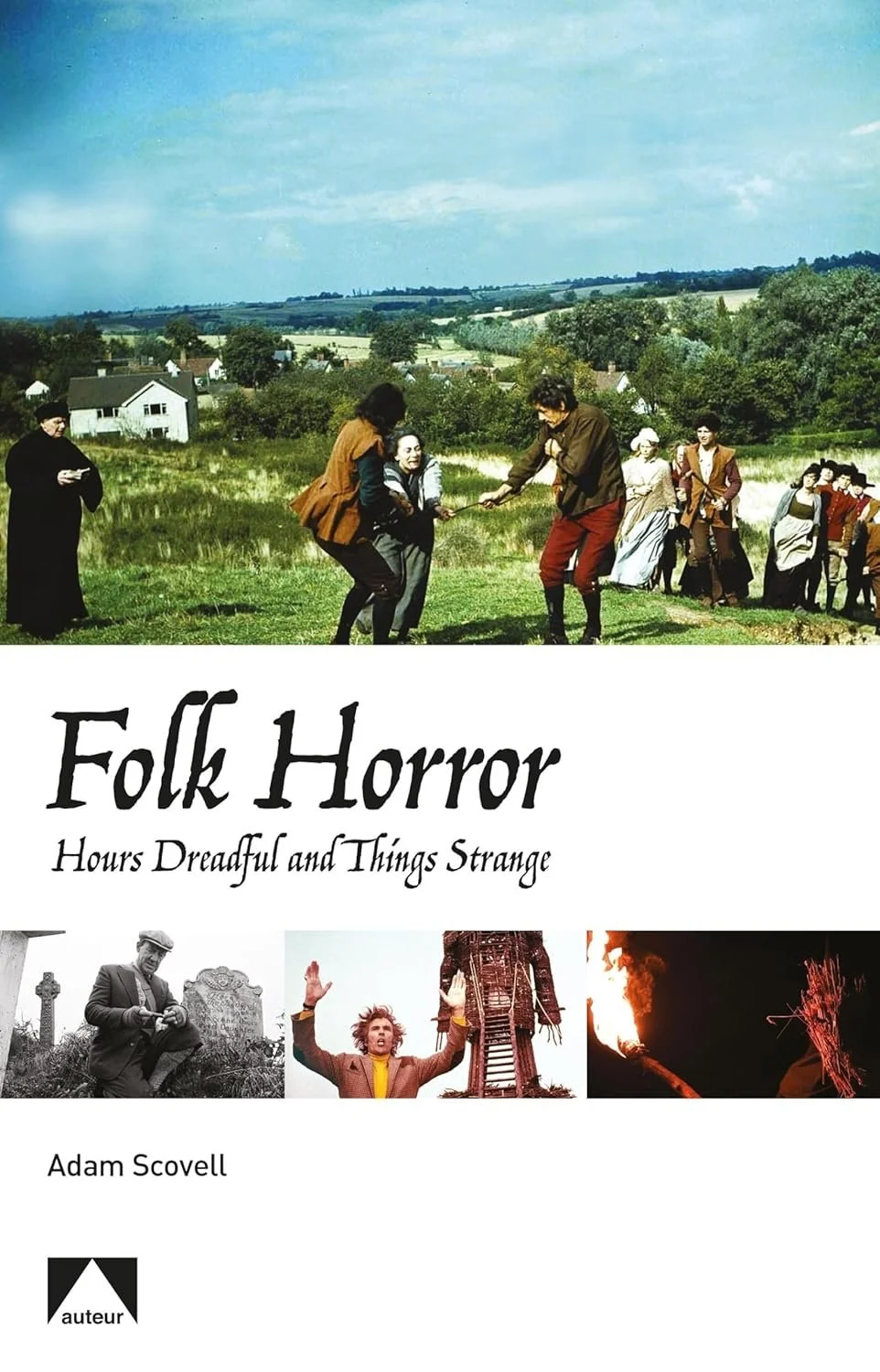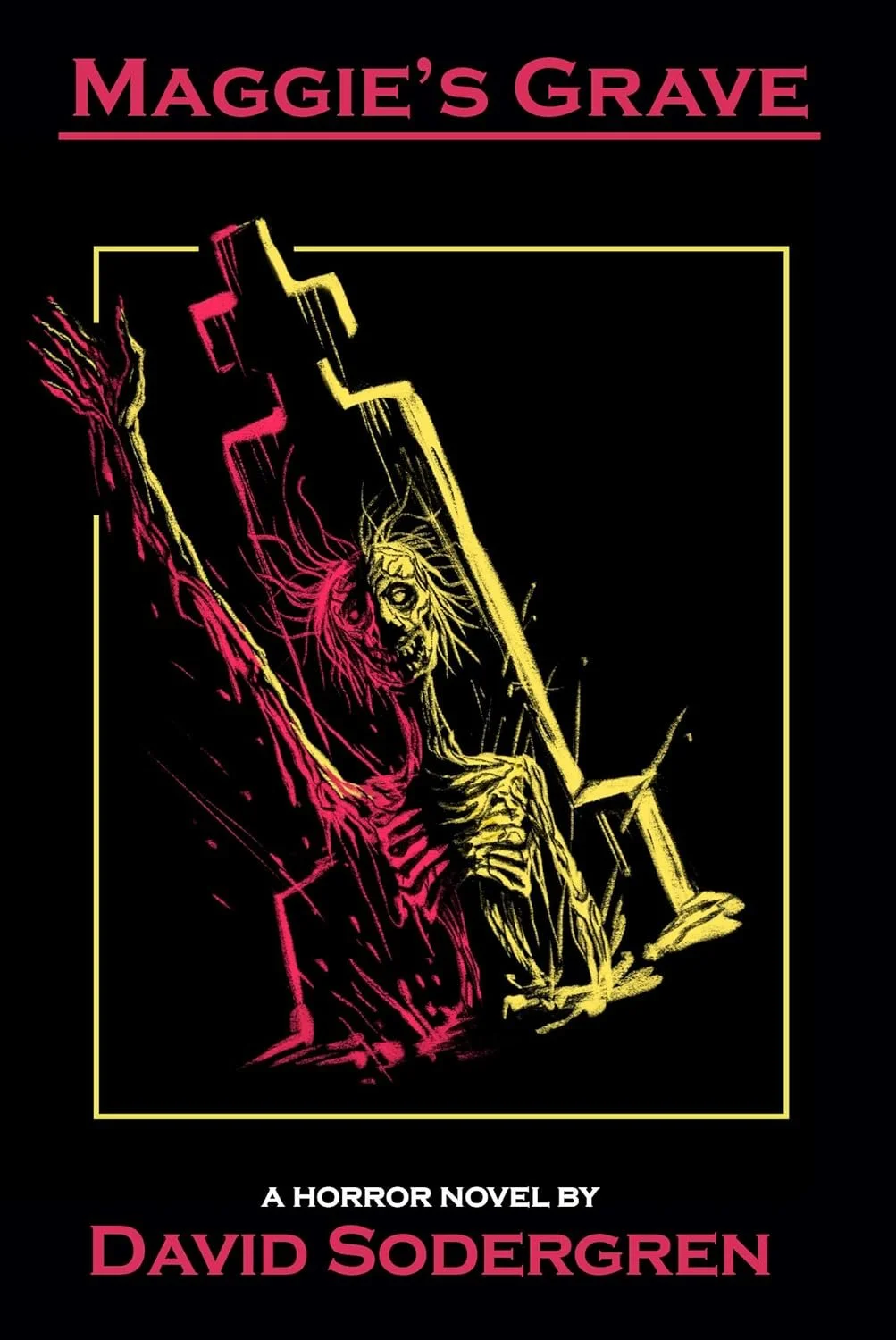Essential horror film and fiction books for every shelf: Summerween special [part one]!
Happy Pride! Summer is officially here and whether you're a spooky sun bunny or longing for autumn darkness, I think we can all agree that Summerween is a perfect excuse to make that horror TBR pile a little bigger...
Throughout the month of June, we're taking over the blog with a three-part It Came From The Shelves... Summerween special!
Each week, we'll add to a list of recommended horror books from the Hex Libris stacks, pairing essential film theory books with fiction faves.
Grab your drink of choice and let's go!
Image: Headpress
The Satanic Screen: An Illustrated Guide To The Devil In Cinema
Nikolas Schreck's The Satanic Screen is a fabulous compendium of Satanic films.
A practitioner of magic, Schreck draws on his own spiritual and occult knowledge to explore the symbiotic relationship between the films and leading occultists.
Originally published in 2001, Headpress released a revised and updated edition in May 2024.
At the time of writing, special edition hardback copies are available directly from the website!
Between Two Fires
The depiction of the devil can be interpreted in so many ways, but I went with Christopher Buehlman’s Medieval horror Between Two Fires for this pairing — mostly as I don't hear it talked about too often, and also as I felt it a bit of a cop-out to recommend source material for films covered in The Satanic Screen.*
Set in France during the Black Plague, Between Two Fires follows a former knight and orphan girl as they travel across a world (and even Hell itself) blighted by Lucifer and his band of fallen angels as they wage war on Heaven. The episodic structure of this historical horror (heavy on the Christian iconography and themes, with a dash of fantasy) plays like a horror video game, resulting in something of a poetic mash-up between Dante's Inferno, The Seventh Seal, and Constantine.
(*Though I have to include Arturo Pérez-Reverte's The Club Dumas; while The Ninth Gate was loosely (it removes the eponymous Dumas connection for a start...) based on the book, the film doesn't hold a candle to it. The Club Dumas is a book about a cursed book. With a book detective. Occult bibliophiles. Literary murder mysteries (with bookplates). Plus, Satan. Seriously, what more do you need?)
Image: Continuum
Blood Money: A History Of The First Teen Slasher Film Cycle
Horror film scholarship’s complex history with dominant psychoanalytic models, specifically in relation to the slasher film, traditionally posited that the violence and misogyny within these formulaic films catered to a young male demographic.
Richard Nowell's Blood Money — a meticulously researched study that draws comparisons with post-classical Hollywood films and viewership — shifts this focus to demonstrate how North American filmmakers and marketers went to extraordinary lengths to make early teen slashers attractive to girls.
You’re Not Supposed To Die Tonight
"Final girl" Charity has landed her dream summer job at Camp Mirror Lake, recreating scenes from the 1983 cult slasher film, Curse of Camp Mirror Lake.
But as life starts to imitate art when one of her co-workers is found dead, she'll have to become the final girl in order to survive the night and discover Camp Mirror Lake's secrets.
A sapphic slasher with a summer camp setting that’s laced with 80s nostalgia, Kalynn Bayron’s YA novel has all the feels and is perfect for both younger audiences — as well as 'classic' horror fans (shout out to my 80s babes) of Fear Street, Point Horror, and Christopher Pike.
Image: Bloomsbury
Image: Open University Press
The Cult Film Reader
The Cult Film Reader, edited by Ernest Mathijs and Xavier Mendik, collects essays on the canon of cult cinema and its trends, icons, auteurs, and periods of global film production.
Divided into four areas — The Conceptions of Cult; Cult Case Studies; National and International Cults; and Cult Consumption — the book features seminal essays such as Susan Sontag's "Notes on Camp" and Jeffrey Sconce's "Trashing the Academy."
It Was All A Dream: An Anthology of Bad Horror Tropes Done Right
As a bit of a fun antithesis to the comprehensive survey of cult cinema traditions in The Cult Film Reader, It Was All A Dream is an enjoyable and inventive subversion of horror tropes across 26 short stories. While the writers are clearly having a blast — detailing the existential crisis of being the final final girl; why being possessed by a good entity is just as bad; and legal loopholes when making a deal with the devil — it's a real rollercoaster of emotions (as ever, do check content warnings).
With original cover art by Evangeline Gallagher and original interior illustrations by Christopher Castillo Díaz, it's also beautiful to read.
Image: Hungry Shadow Press
Image: University of Wales Press
New Queer Horror: Film and Television
Edited by Darren Elliott-Smith and John Edgar Browning, New Queer Horror is an anthology studying the form, aesthetics, and representations of LGBTQ+ identities in an emerging subgenre of film and television (post-2000) termed ‘New Queer Horror.’
Building on existing scholarship surrounding queer monstrosity, the collection features twelve essays exploring how this subgenre portrays contemporary anxieties within LGBTQ+ subcultures via character representation and narratives, examining how “New Queer Horror has turned the focus of fear on itself, on its own communities and subcultures.”
Queer Little Nightmares: An Anthology Of Monstrous Fiction And Poetry
Queer Little Nightmares examines the figure of the monster in horror — typically demonized, marginalized, and outcast — through a queer lens, celebrating and reclaiming these characters as queer icons.
Across 32 pieces of short fiction and poetry, the collection creatively explores themes such as identity, belonging, and coming into queerness. The diversity of LQBTQ+ voices contributing to this anthology — depicting 'monstrous' creatures from Eve to kaiju to the ghosts of Pride past — creates a beautiful melting pot of deeply human stories about what it means to "be (and to love) a monster."
Image: Arsenal Pulp Press
Image Auteur
Folk Horror: Hours Dreadful And Things Strange
Adam Scovell's Folk Horror: Hours Dreadful and Things Strange explores folk horror from a hauntological and topographical perspective, as the book's Shakespearean subtitle beautifully illustrates.
Covering an astounding body of films and television series — ranging from depictions of ancient Britain to modern Europe, and encompassing both ruralism and urban spaces — the book is a painstakingly researched study on the representation of the esoteric arts in the latter half of the twentieth century.
Maggie's Grave
As four young friends contemplate their bleak futures in the isolated, decaying town of Auchenmullan, which lies forgotten in the shadow of a mountain in the Scottish Highlands, they learn the hard way that the town is actually cursed when they take a tourist to the local haunt 'spot' — Maggie's Grave.
Falsely accused as a witch, Maggie has returned to claim what was taken from her...
A modern folk-tale, David Sodergren’s Maggie's Grave is a punchy, cinematic ride that packs in the body horror (perhaps the best character entrance ever?), comedy (who knew James Blunt's "You're Beautiful" could be more horrific?), and so much heart (believable small-town characters, social commentary, and an ending that will break your heart — before ripping it out).
Image: David Sodergren
As ever, thank you for reading.
We’ll be back next week with part two; until then, stay spooky!


![Essential horror film and fiction books for every shelf: Summerween special [part one]!](https://images.squarespace-cdn.com/content/v1/5a89e7c6be42d637c550369c/1719160794420-QGGSLVELC4CNWOVID4NR/20240621+Hex+Libris+Blog+-+Black+and+Grey+-+Logo+-+on+White.png)

